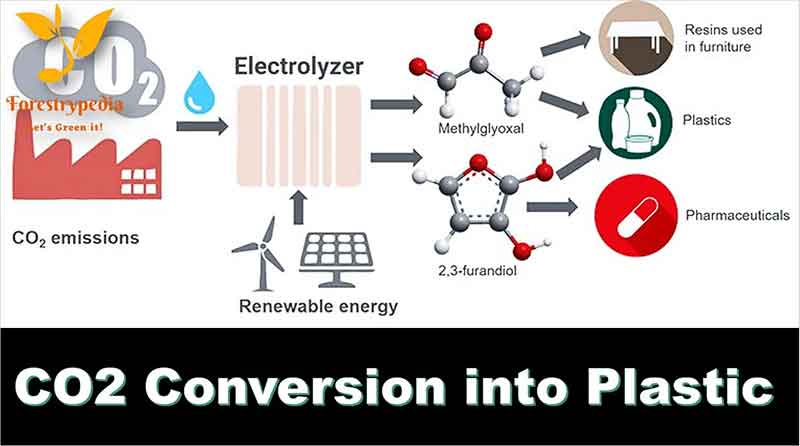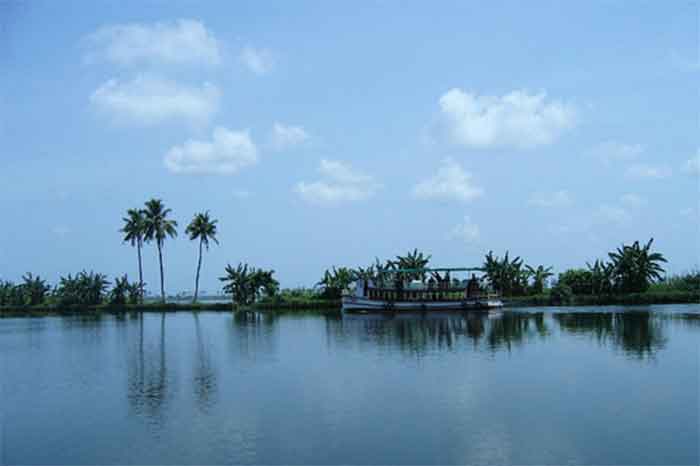
Many of us – the readers of Countercurrents – are eating plastic although we do not buy the plastic for eating.
There are incidents of recalling of several food items, because there were traces of plastic in those foods items. Almost 60,000 pounds of Pilgrim’s Pride chicken nuggets were recalled back in June because they may contain plastic.
Now, scientists have found plastic in food items that have not been recalled. These include protein powder, even organic brands! The research suggests microplastics have invaded the food chain largely than previously documented.
The scientists found microplastics in every sample of commercial seafood they tested.
A brand new study has uncovered seafood plastic in some supermarket staples.
The new study from scientists at the QUEX Institute, a research partnership between the University of Exeter in the United Kingdom and the University of Queensland in Australia, analyzed seafood from an Australian market for microplastics.
Published in the journal Environmental Science&Technology, the QUEX Institute scientists discovered microplastic in wild blue crabs, oysters, prawns, wild squid, and sardines picked up in Australian markets. This type of plastic is less than 5 millimeters, or similar in size to a sesame seed, according to Medical News Today (MNT).
The MNT said:
The study describes how species differently consume food as a possible explanation of the varying amount of plastic they contain. It also suggests other potential sources.
The researchers say plastic may make its way from an animal’s gastrointestinal tract to its edible parts during processing, which includes gutting if performed incorrectly, and general handling. Plastics may also attach themselves to seafood via “airborne particles, machinery, equipment and textiles, handling, and from fish transport.”
Regarding the high concentration of plastic in sardines, the authors note the fish were purchased in bags made of low-density polyethylene.
Citing recent research that shows opening such a bag can result in the shedding of microplastics, they predict these types of packaging may be an additional and significant polluting mechanism for seafood.
The edible parts of the seafood were tested by heating it in an incubator to around 140 degrees Fahrenheit. Also inside was a solvent that “digested” the edible parts.
The scientists then looked for plastics using a method called the “pyrolysis gas chromatography mass spectrometry.” Five types of plastic that come from packaging, synthetic materials, and marine debris were found, according to the publication.
“Considering an average serving, a seafood eater could be exposed to approximately 0.7 milligrams (mg) of plastic when ingesting an average serving of oysters or squid, and up to 30 mg of plastic when eating sardines,” the lead author of the study, Francisca Ribeiro, says.
She also notes that the scientists were most surprised by the amount of plastic in sardines. Eat 14 servings of the small fish and you will have eaten around the same weight as one plastic straw. The study concludes that seafood plastic packaging needs to be looked at further since simply opening them can create microplastic.
This study is not the only one to find toxic materials in popular everyday foods in recent months. One study discovered that fast food wrappers contain high levels of a chemical called PFAS. The man-made substance makes things grease- and water-resistant.
The study – “Quantitative Analysis of Selected Plastics in High-Commercial-Value Australian Seafood by Pyrolysis Gas Chromatography Mass Spectrometry” – by Francisca Ribeiro, Elvis D. Okoffo, Jake W. O’Brien, Sarah Fraissinet-Tachet, Stacey O’Brien, Michael Gallen, Saer Samanipour, Sarit Kaserzon, Jochen F. Mueller, Tamara Galloway, and Kevin V. Thomas said in its report (Environ. Sci. Technol. 2020, 54, 9408-9417):
Microplastic contamination of the marine environment is widespread, but the extent to which the marine food web is contaminated is not yet known. The aims of this study were to go beyond visual identification techniques and develop and apply a simple seafood sample cleanup, extraction, and quantitative analysis method using pyrolysis gas chromatography mass spectrometry to improve the detection of plastic contamination. This method allows the identification and quantification of polystyrene, polyethylene, polyvinyl chloride, polypropylene, and poly (methyl methacrylate) in the edible portion of five different seafood organisms: oysters, prawns, squid, crabs, and sardines. Polyvinyl chloride was detected in all samples and polyethylene at the highest total concentration of between 0.04 and 2.4 mg g−1 of tissue. Sardines contained the highest total plastic mass concentration (0.3 mg g−1 tissue) and squid the lowest (0.04 mg g−1 tissue). Our findings show that the total concentration of plastics is highly variable among species and that microplastic concentration differs between organisms of the same species. The sources of microplastic exposure, such as packaging and handling with consequent transference and adherence to the tissues, are discussed. This method is a major development in the standardization of plastic quantification techniques used in seafood.
Millions of metric tons of plastic enter the oceans every year. Some of it is highly visible in the Pacific trash vortex, also known as the Great Pacific Garbage Patch, which lies between North America and Japan.
However, the most prevalent type of debris found in our oceans — microplastics — are less visible.
Microplastics are tiny bits of plastic less than 5 millimeters in length, which is about the size of a sesame seed. Nanoplastics, which are less than 100 nanometers in size, are also present in the marine environment.
The authors recently published their study in the journal Environmental Science & Technology.
Analysis of the seafood samples
The scientists purchased five varieties of seafood: five wild blue crabs, 10 oysters, 10 farmed tiger prawns, 10 wild squid, and 10 wild sardines.
Before dissection, each sample was weighed and washed to remove any residue of plastic packaging. Only the edible part of each species was tested.
To extract any plastic present, the scientists placed each sample into a flask with an alkaline solvent and agitated it at 60 degrees Celsius in a shaker incubator. Once the solvent had completely digested the sample, the solution was analyzed for plastic.
The researchers then used a technique called pyrolysis gas chromatography mass spectrometry to identify the presence of five types of plastics: polystyrene, polyethylene, polyvinyl chloride, polypropylene, and poly(methyl methacrylate).
The authors of the study report explain:
“Each of the analyzed seafood species of this study has different biological, physiological, and anatomic features and lives in different compartments of the marine environment, which influences the uptake and potential accumulation of microplastics.”
The study found:
- 0.04 mg of plastic per gram of tissue in squid
- 0.07 mg in prawns
- 0.1 mg in oysters
- 0.3 mg in crabs
- 2.9 mg in sardines.
All the samples contained polyvinyl chloride. The largest concentrations of plastic were composed of polyethylene.
“From the seafood species tested, sardines had the highest plastic content, which was a surprising result,” says Ribeiro. A grain of rice weighs about 30 mg, roughly the amount of plastic found in a sardine.
Co-author Tamara Galloway, from Exeter University, said, “We do not fully understand the risks to human health of ingesting plastic, but this new method will make it easier for us to find out.”
Roughly 17% of the protein humans consume worldwide is seafood. The findings, therefore, suggest people who regularly eat seafood are also regularly eating plastic.
Scientists have previously found microplastics and nanoplastics in sea salt, beer, honey, and bottled water. They can also deposit on food as dust particles.
SIGN UP FOR COUNTERCURRENTS DAILY NEWSLETTER















































